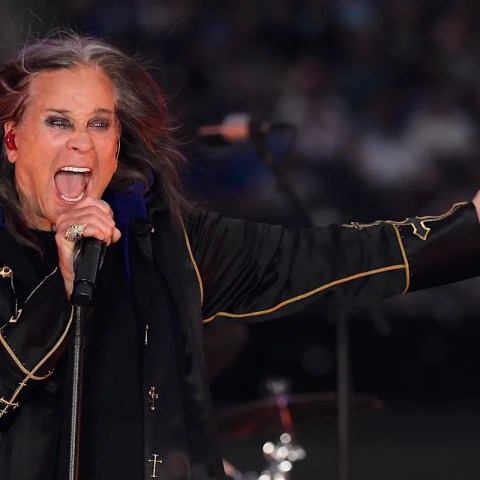Airports are a unique blend of different generations, all moving through shared spaces with their own habits and traditions. This is especially clear on planes, where the clash of behaviors can be quite a spectacle.
Gen Z has changed the travel game. Their approach, shaped by technology and social media, often differs dramatically from that of older generations. What’s second nature to them can seem baffling or irritating to Boomers. Let’s explore some of the most noticeable behaviors that highlight these generational differences.
1. Documenting Everything for Social Media
The moment the plane takes off, Gen Z is ready to capture it all—boarding, snacks, even the bumpy turbulence. For older travelers, this may seem intrusive. Boomers often remember a time when travel was a personal adventure, not a series of posts. A fellow passenger once filmed her descent into LAX for the entire flight, leaving the older man next to her visibly uncomfortable.
Nancy Baym, a communication expert, notes that for digital natives, sharing moments isn’t just an act; it is part of living. They don’t just experience events; they document them as they happen.
2. Comfort Above All Else
Young flyers are all about comfort. They may kick off their shoes, stretch out, or curl up, treating the plane like their living room. This can be jarring for Boomers, who prefer a sense of decorum in public spaces. A notable incident involved a twenty-something who nudged his socked foot into his neighbor’s space, leading to visible frustration.
Studies on personal space, like those by Edward T. Hall, show that comfort levels are often tied to cultural upbringing. Older generations value more space and can feel uncomfortable when personal boundaries are crossed.
3. Casual Seat-Switching
“Anyone want to trade?” is a common phrase heard from younger fliers trying to sit next to friends. For them, asking to swap seats is no big deal. However, Boomers often see this as an annoyance since they carefully chose their seats for legroom or location. An older traveler once bluntly expressed his frustration: “I paid for this seat. Why should I give it up?”
Boomers generally grew up valuing planning and stability, while Gen Z is accustomed to the flexibility that comes with modern technology—like apps that make last-minute changes easy.
4. Noise-Cancelling Headphones for Days
For Gen Z, planes are personal soundproof bubbles. They wear headphones from boarding to disembarking, immersing themselves in music, podcasts, or movies. In contrast, Boomers may yearn for the old-school pleasure of chatting with a seatmate. Sherry Turkle, in her book Reclaiming Conversation, emphasizes how constant connectivity can hamper genuine human interaction, a sentiment that resonates strongly during flights.
5. Eager to Stand After Landing
The urge to stand as soon as the wheels touch down has long been a pet peeve for Boomers. They appreciate the necessity of patience in crowded spaces. For younger travelers, though, rushing to their feet symbolizes a reclaiming of agency after being seated for hours. The speed of this rush can feel chaotic to older passengers, who might prefer a more measured approach.
6. Tray Table as a Workspace
Gen Z often sees flights as an opportunity to catch up on work, cramming laptops and tablets onto tray tables. Many even bring mini ring lights for Zoom calls. To Boomers, this might look chaotic—an area meant for meals being inundated with tech. Research indicates that 62% of Gen Z travelers use flights for productivity compared to only 28% of Boomers.
7. Use of Slang and Memes
Language also serves as a dividing line. Gen Z incorporates slang and meme references in their conversations, creating confusion for older generations. Linguist Deborah Tannen suggests that language reflects belonging, meaning younger travelers use these phrases to connect with each other while possibly alienating Boomers.
8. Selfie Culture at 30,000 Feet
Selfies are a common sight, with Gen Z using flights as backdrops for creative photos. Boomers may see this as disruptive, as they view planes as functional places rather than venues for a photo shoot. Research highlights that selfies serve a purpose beyond vanity; they allow younger generations to express identity and connect with others.
In summary, air travel reflects the evolving cultural landscape. What Gen Z considers personal expression often clashes with Boomers’ traditional view of travel etiquette. Understanding these behaviors can lead to greater patience and perhaps a little less eye-rolling during flights. After all, on cramped flights, a bit of kindness goes a long way.













:max_bytes(150000):strip_icc()/suricruise2-548c53aa4f474dc1bb4d61a39a9d3f50.jpeg?w=480&resize=480,480&ssl=1)








